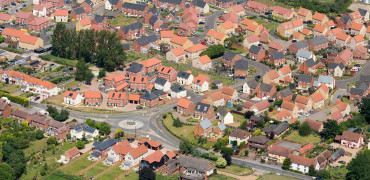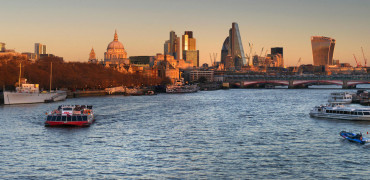WELL Building Standard is a performance-based system for measuring, certifying, and monitoring features of the built environment that impact human health and wellbeing, through air, water, nourishment, light, fitness, comfort and mind.
WELL and BREEAM have developed a document - Assessing Health and Wellbeing in Building – which has been created to make it easier for those wishing to obtain both a certified BREEAM rating and a WELL Certified rating.
The document provides guidance on how the process for pursuing dual certification may be streamlined and offers information for architects and designers to better understand the requirements and how the two standards relate. It also sets out the areas where WELL requirements are addressed by UK and/or EU regulations, and where these can be omitted from an assessment for buildings undergoing a WELL assessment in these territories.
The first project in Europe to achieve the standard is One Carter Lane, the London office of multi-disciplinary engineer Cundall, with the fit-out of the project delivered by QOB Interiors.
Every aspect of the ground floor fit-out – from materials used, to lighting, heating and open space – had to be thoroughly considered as to the impact on post-occupancy use before the design was finalised.
The specification of materials under WELL meant only those that had a very low concentration of formaldehydes and volatile organic compounds (VOC) could be used.
At the Cundall offices, all furnishings, insulation, interior paint, adhesives, oils, waxes, varnishes and finishes were specified for low or zero VOC, formaldehyde and toxic content. To maintain the air quality in high-density areas, variable volume air distribution is controlled by CO2 sensors.
Such are the impressive sustainability credentials of the Cundall offices at One Carter Lane that the project has also achieved BREEAM Excellent and SKA Gold ratings.
The WELL Standard means specifiers need to consider natural materials, such as solid oak, and recycled products like nylon floor tiles. Other well-being measures included the installation of a water filtration system which goes beyond the normal level of potable water and tested against dissolved minerals, chemicals and microbes.
Paul Groves is Editor of Specification Magazine.
If you have any questions about this article or want to know more, please email us. We will contact the author and will get back to you as soon as we can.


